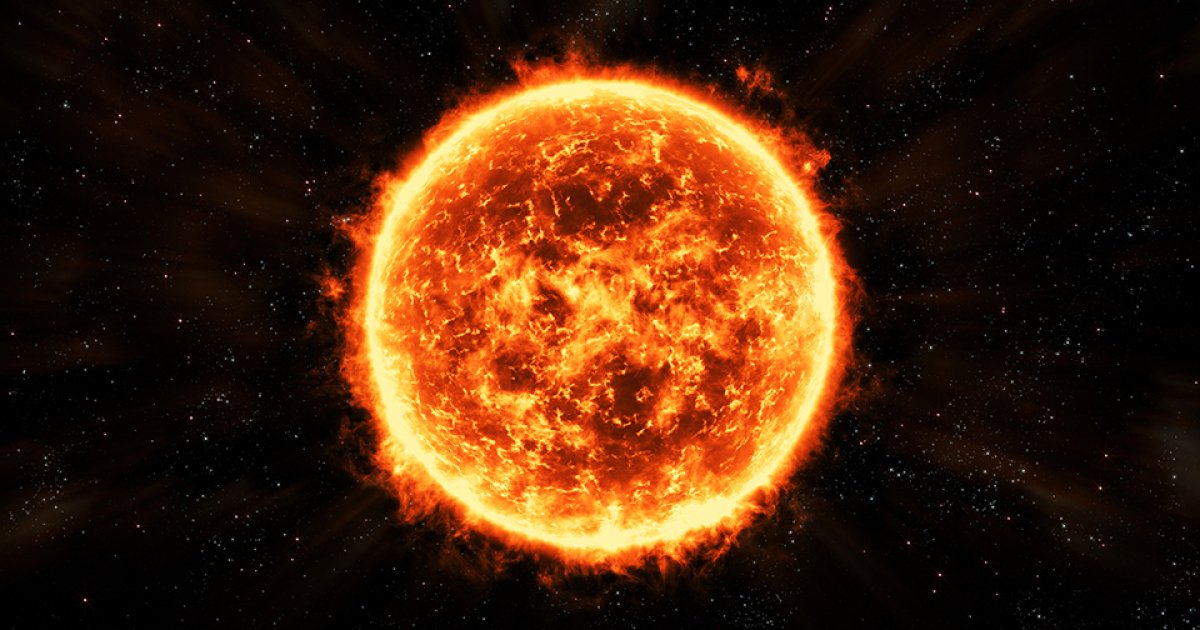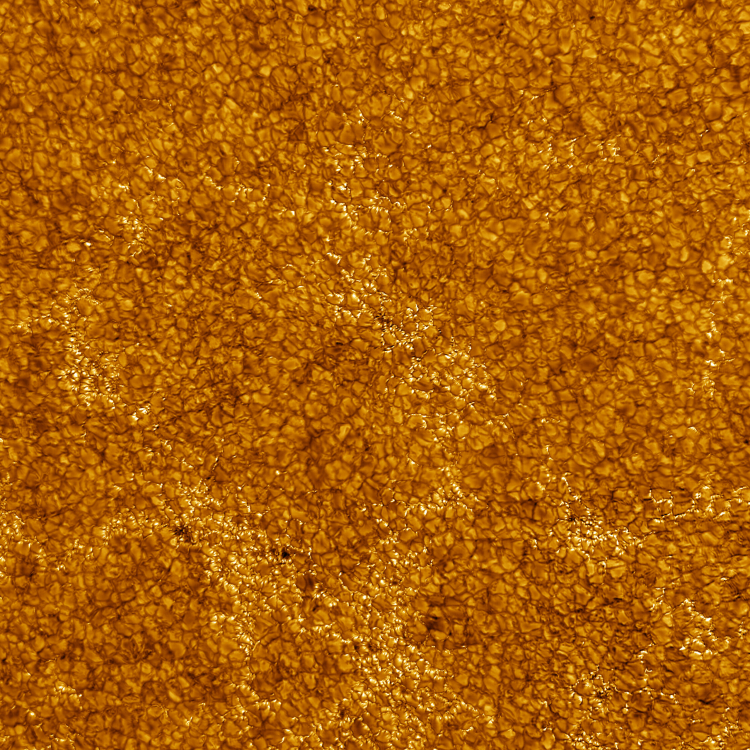
The National Science Foundation (NSF) of the USA summarized the first months of operation of the largest ground-based telescope for observing the Sun – the Solar Telescope named after Daniel K. Inouye Solar Telescope (DKIST) with a mirror with a diameter of 4.24 m. In honor of this, two spectacular images of the star, the like of which have not been obtained before, have been published.

The first image shows the Sun’s chromosphere — the star’s outer shell, which is very problematic to observe from the Earth’s surface due to the strong radiation of the photosphere, the lower layer of the star’s atmosphere. You can view the chromosphere during a solar eclipse, when the Moon blocks the star’s bright light. The presented image shows an area with a diameter of 82,500 km across. The picture was taken on June 3.

The second image reveals the appearance of the Sun’s chromosphere in more detail. It shows many so-called granules, the width of each of which is from 500 to 1500 km. This photo was also taken during the observation of the Sun on June 3.
Due to its high spatial resolution and high sensitivity, the DKIST telescope is able to distinguish relatively small details in the Sun’s photosphere. As a result, scientists can closely monitor coronal mass ejections, as well as determine the strength and direction of the magnetic field in the chromosphere and corona of the star.

